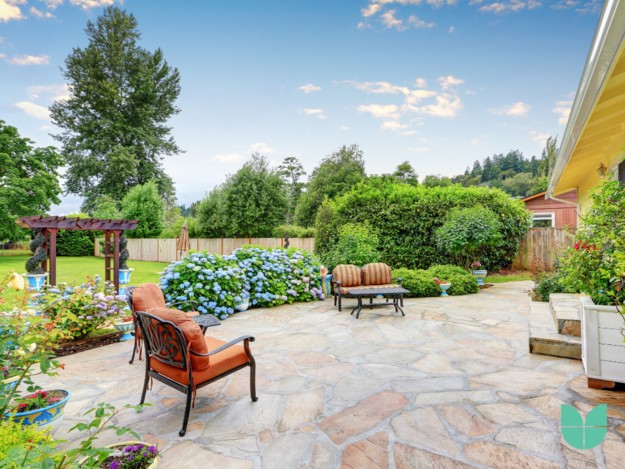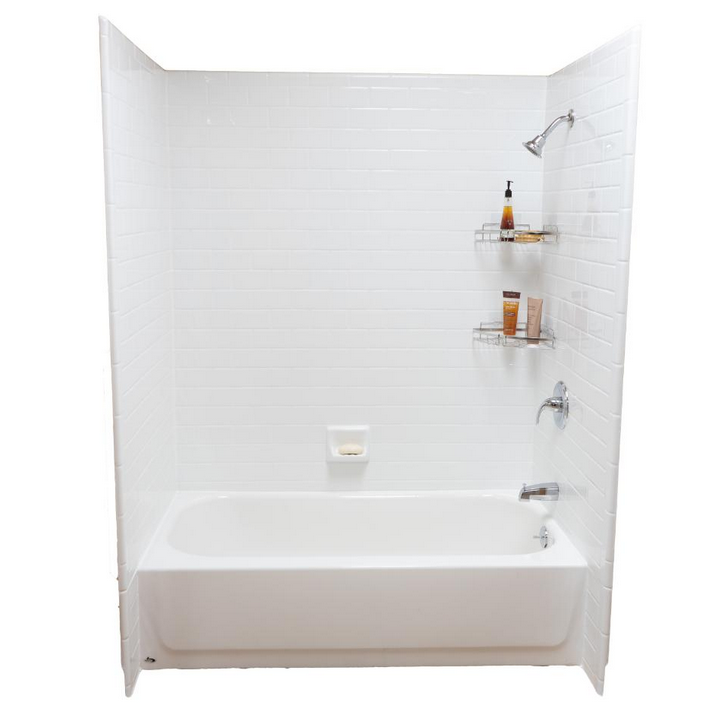
Designing an outdoor patio is an exciting opportunity to expand your living space and create a welcoming area for relaxation, dining, and entertaining. An outdoor patio design can be as simple or elaborate as you like, depending on your personal style, needs, and available space. Whether you’re working with a small balcony or a large backyard, a well-planned patio can transform an ordinary outdoor area into a functional and inviting retreat. In this article, we will explore the key components of an outdoor patio design, from choosing the right materials and furniture to considering layout and functionality, ensuring that your outdoor space meets both your aesthetic and practical needs.
When it comes to outdoor patio design, the first step is always to think about how you plan to use the space. Are you looking for a quiet escape for reading and unwinding, or do you envision hosting lively dinner parties and family gatherings? Defining the purpose of your patio will help guide your design decisions and ensure that you create a space that works for you. Whether you’re adding a cozy corner or building a complete outdoor living area, the right design can make all the difference in how you enjoy your outdoor environment.
1. Planning the Layout: Maximizing Space and Functionality
The layout of your patio is crucial to ensuring that it functions well for your intended purposes. Start by measuring the available space and deciding where you want to place the main features of your patio, such as seating areas, dining tables, and outdoor cooking equipment. You’ll also need to consider how much space to leave for walkways and traffic flow to keep the area comfortable and accessible.
Consider Zones for Different Activities
If your outdoor space is large enough, think about creating different zones for various activities. For example, you could designate one area for dining, another for lounging or reading, and a separate zone for outdoor cooking or entertaining. Using furniture arrangement, rugs, or even plants as dividers can help separate these spaces and give the patio a cohesive feel.
For a smaller patio, you can still create a sense of separate zones by using multifunctional furniture pieces. A small dining table that can double as a work or prep surface and a comfortable armchair that can be used for both lounging and relaxing will maximize the use of your space without overcrowding it.
Flow and Movement
Consider the flow of movement on the patio. You don’t want the furniture to block easy access to other areas or make the space feel cramped. For a functional layout, make sure there are clear paths for guests to walk through, and keep the central areas open to promote easy access to seating and dining areas.
One common layout tip is to place the seating area centrally, with additional zones surrounding it. This allows guests to gather in the heart of the patio, making it easy for conversations and activities to flow. You should also think about how the space transitions between the patio and your home, ensuring a seamless connection to both indoor and outdoor living areas.
2. Choosing the Right Materials and Furniture
The materials you choose for your patio are essential not only for creating a beautiful aesthetic but also for ensuring the space is functional and durable. Outdoor elements like sun, wind, rain, and temperature fluctuations can take a toll on materials, so it’s important to select options that are built to withstand the elements while maintaining their appearance.
Flooring Options
When selecting flooring for your patio, there are several options to consider, each with its own benefits and visual appeal. Popular outdoor patio flooring materials include:
- Stone or Pavers: These materials offer a classic, timeless look and are highly durable. Stone or pavers come in a wide variety of colors and textures, allowing you to customize the look of your patio.
- Wood Decking: For a natural, warm feel, wood decking is an excellent choice. Composite wood is another option, offering the look of wood with enhanced durability and minimal maintenance.
- Concrete: If you’re working with a more contemporary design, poured concrete can create sleek, modern patio flooring. It can be stamped or stained to mimic other materials like stone or brick.
- Tiles: Outdoor tiles are ideal for adding texture and color to your patio. They come in various styles and can be a great option for creating a stylish and easy-to-clean surface.
Furniture Selection
When it comes to selecting furniture for your patio, comfort and durability are key. Look for materials that can withstand the weather, such as wrought iron, aluminum, or teak. Cushioned seating should be made of weather-resistant fabrics that can endure sun exposure and rain.
Consider the types of furniture you need based on how you plan to use the space. A large dining table is ideal for outdoor meals and gatherings, while a smaller bistro set works well for more intimate settings. Add a few comfortable lounge chairs or a sectional sofa to provide plenty of seating for relaxation.
For an inviting and functional design, consider multifunctional furniture pieces such as ottomans that can double as side tables or storage bins. Folding chairs and tables are also great for patios with limited space, as they can be easily stowed away when not in use.
3. Adding Personal Touches: Lighting, Décor, and Greenery
Once you’ve established the layout and chosen furniture for your patio, it’s time to add personal touches that will make the space feel inviting and uniquely yours. The right accessories can enhance the atmosphere and create a cozy, welcoming environment for both day and night.
Outdoor Lighting
Lighting is essential for making your patio functional after dark. Consider a combination of task lighting (such as overhead pendant lights or spotlights on specific areas) and ambient lighting (like string lights, lanterns, or candles) to set the mood. String lights can be draped across overhead beams, while table lamps and floor lamps can add warmth to seating areas.
Additionally, consider the type of outdoor lighting that can create a relaxing ambiance, such as soft, dimmable lights that complement the natural surroundings. Solar-powered lights are an energy-efficient option that can also add charm without requiring much maintenance.
Décor and Accessories
To give your patio a personalized touch, add decorative items that reflect your style. Throw pillows, outdoor rugs, and cozy blankets can make the seating area more inviting and comfortable. You can also incorporate artwork, such as outdoor sculptures or wall hangings, to bring personality to the space.
If you enjoy cooking outdoors, consider adding a bar cart or an outdoor beverage station with glassware, coolers, and utensils for easy access. These small details will make your patio even more functional and enjoyable.
Greenery and Plants
No patio design is complete without plants. Adding greenery can soften the hard edges of furniture and materials, providing a natural touch to the space. Consider using plants in pots, hanging baskets, or garden beds to create layers and add interest.
Climbing vines, potted herbs, and colorful flowers can all enhance the visual appeal of your patio while also providing fragrance and shade. If you have limited space, consider vertical gardens or a few well-placed planters to add a touch of nature without overcrowding the area.
Conclusion
An outdoor patio design can transform any outdoor space into an inviting and functional area where you can relax, entertain, and enjoy time with loved ones. Whether you’re working with a small balcony or a large backyard, thoughtful planning, the right materials, and comfortable furniture will ensure your patio is both practical and beautiful. By considering the layout, selecting durable materials, and adding personal touches like lighting and plants, you can create a space that’s perfect for any occasion. Whether for quiet evenings alone or lively gatherings with friends, your outdoor patio can become a cherished part of your home.
